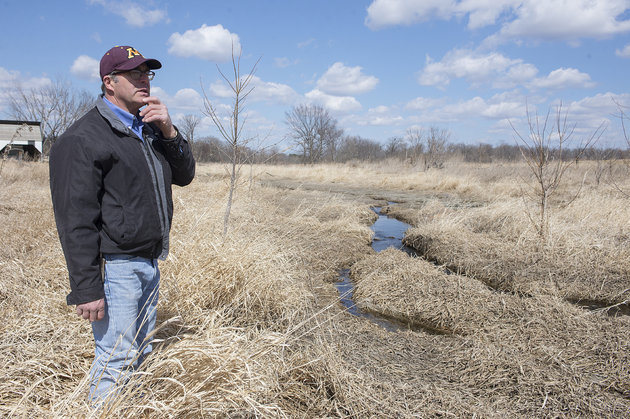knickpoints:
“The most noticeable projects for the boat tour participants were the scattered pops of color along the shoreline where several residents have worked with the SWCD and LID to install native plant shoreline buffers. These buffers provide multiple benefits to both the homeowner and the lake, with one of the largest benefits being that buffers help slow and infiltrate stormwater runoff that carries pollutants into the lakes – much more effectively than traditional turf grass. Plus, the long roots of the native plants hold the shoreline in place, preventing shore erosion while also providing habitat for pollinators and other wildlife.
Still, as I sat there in the boat, the number of properties with shoreline buffers were greatly outnumbered by those with no buffers, riprapped shores, extensive gravel beaches, or lawn down to the shore. It made me think of a recent paper that was published by the Minnesota Natural Shoreline Partnership that speaks to Minnesota’s “Vanishing Shorelines.” In effect, how we live along our shorelines has a direct impact to the health and vitality of the lake and its ecosystems. While individual shoreline property owners may not think their actions can influence water quality and aquatic life, the cumulative impact of a majority of neighbors developing these shorelines and removing vegetation and/or rocking the shore has an extensive impact.”




















